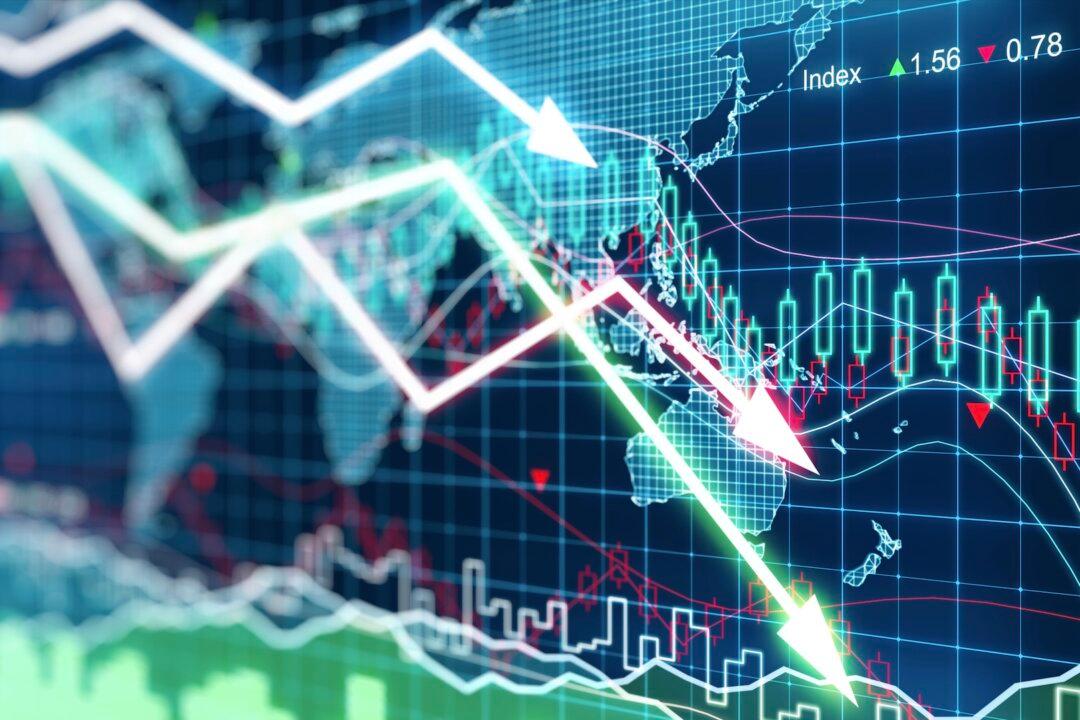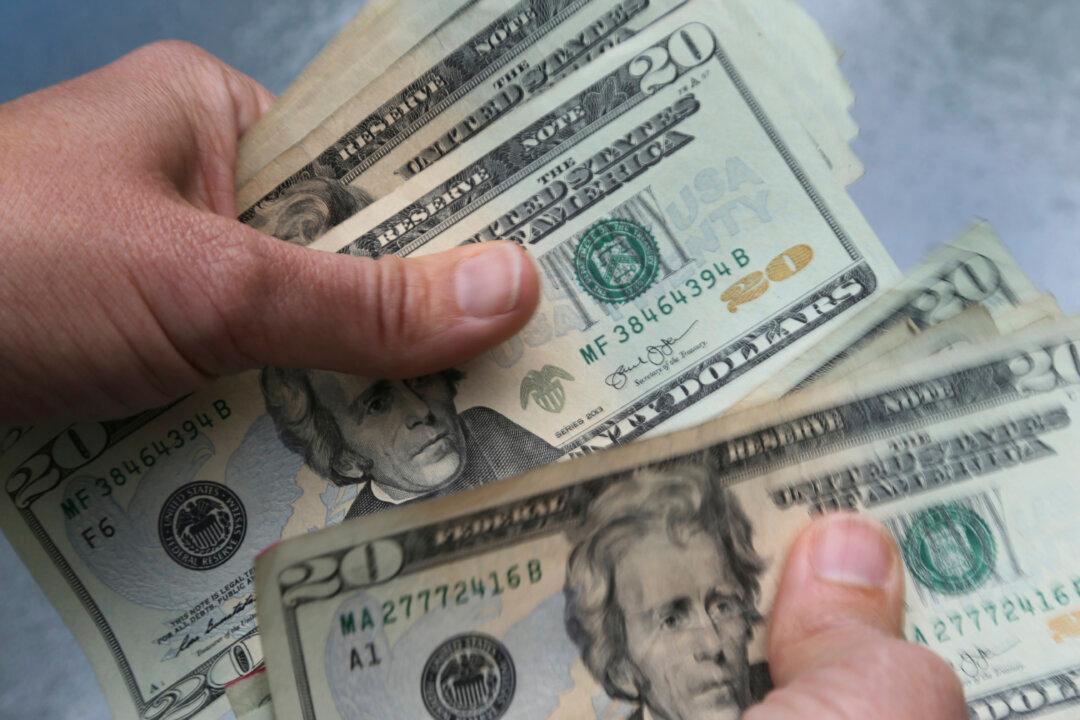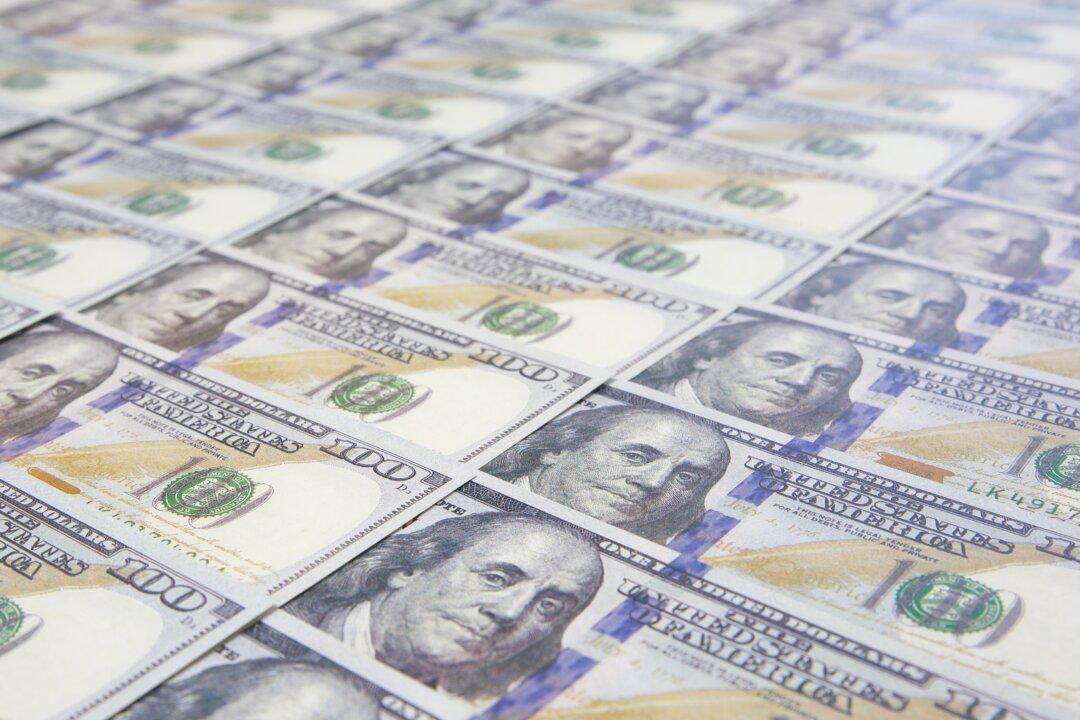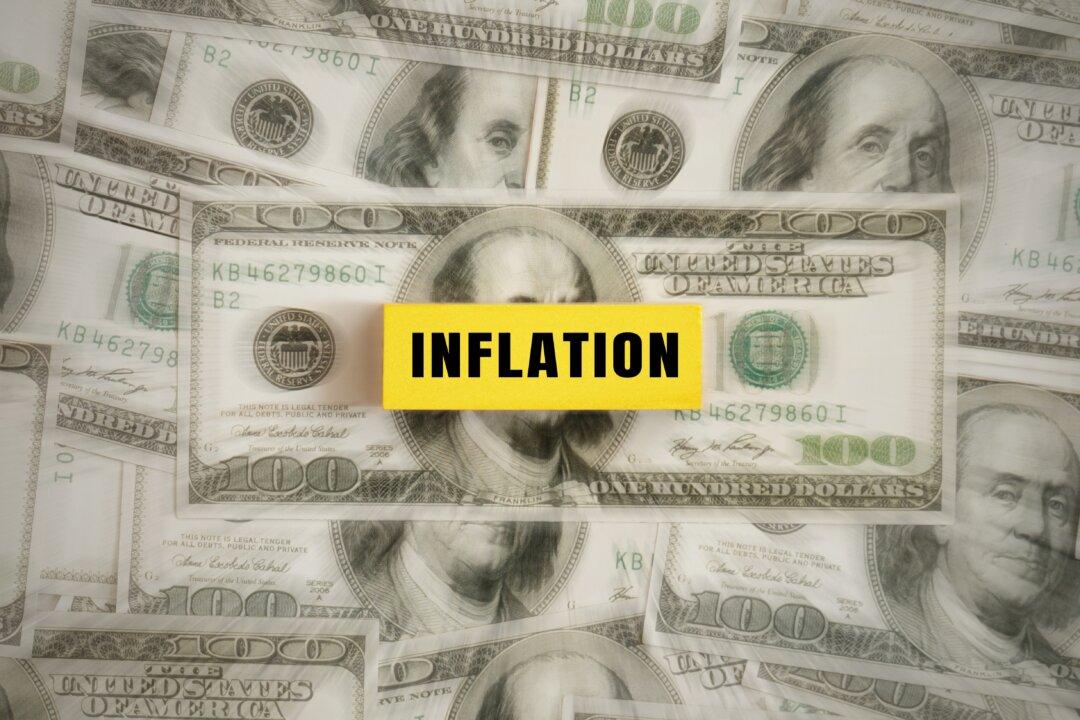Commentary
The 2008 recession, known as the “Global Financial Crisis” (“GFC”) outside the USA and the “Great Recession” inside, was the biggest economic crisis since the Great Depression, and before the COVID-19 recession. It was also caused by the financial sector—which is obviously a part of the economy—rather than by an “exogenous shock” (something emanating from outside the economy, like COVID-19). And yet almost all economists were taken completely by surprise by it: the vast majority had expected that 2008 would be a fabulous year. The OECD’s confident prognostication in June 2007 is an outstanding example of what most economists thought was going to happen in 2008:





